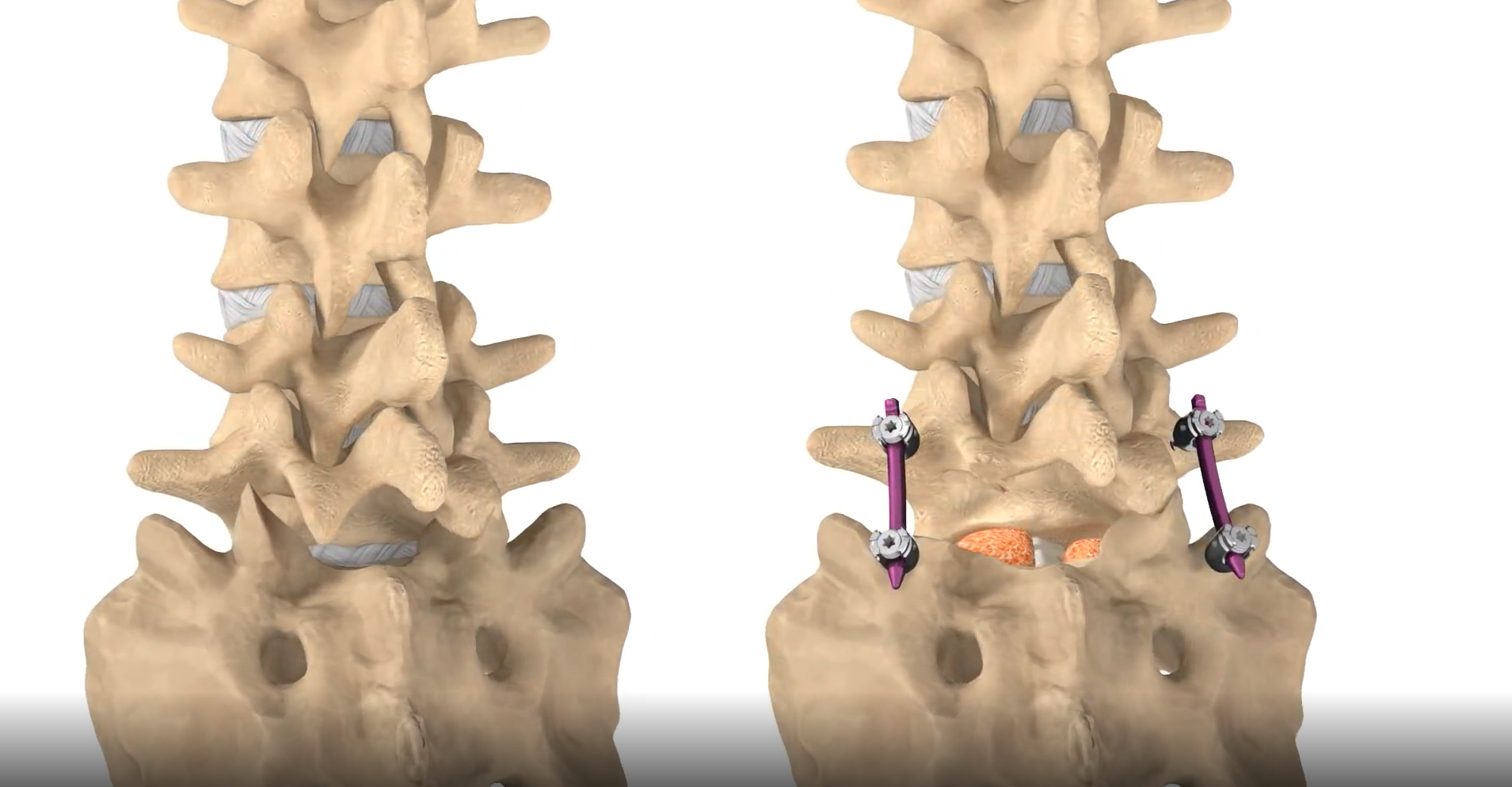
Posterior Lumbar Fusion
A minimally invasive TLIF is done through two incisions several inches lateral to the midline of the spine. Minimally invasive instruments are used to dilate through the muscles to access the spine. Dr. Paul can then access arthritic joints, spinal stenosis, disc herniations, cysts, and other pathologies using this versatile approach.

Posterior Lumbar Fusion
A minimally invasive TLIF is done through two incisions several inches lateral to the midline of the spine. Minimally invasive instruments are used to dilate through the muscles to access the spine. Dr. Paul can then access arthritic joints, spinal stenosis, disc herniations, cysts, and other pathologies using this versatile approach.
Lateral Interbody Fusion
A lateral fusion is performed after positioning you on your side. The entire procedure is performed through one or two small incisions. Tubes and dilators are used to access the spine and remove the disc. X-ray guidance and current neuromonitoring techniques make this procedure less invasive and safer.
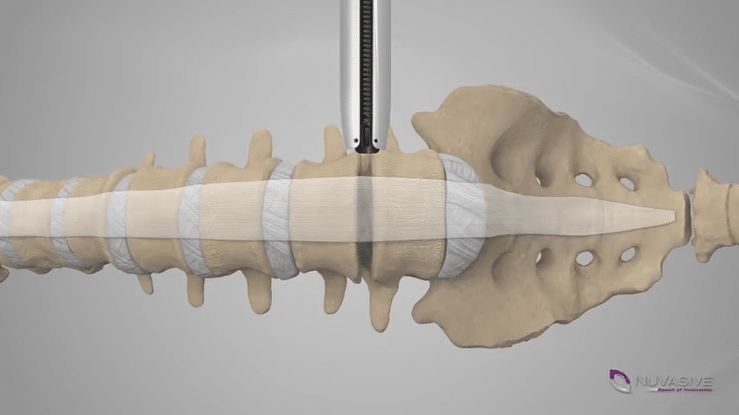

Lateral Interbody Fusion
A lateral fusion is performed after positioning you on your side. The entire procedure is performed through one or two small incisions. Tubes and dilators are used to access the spine and remove the disc. X-ray guidance and current neuromonitoring techniques make this procedure less invasive and safer.
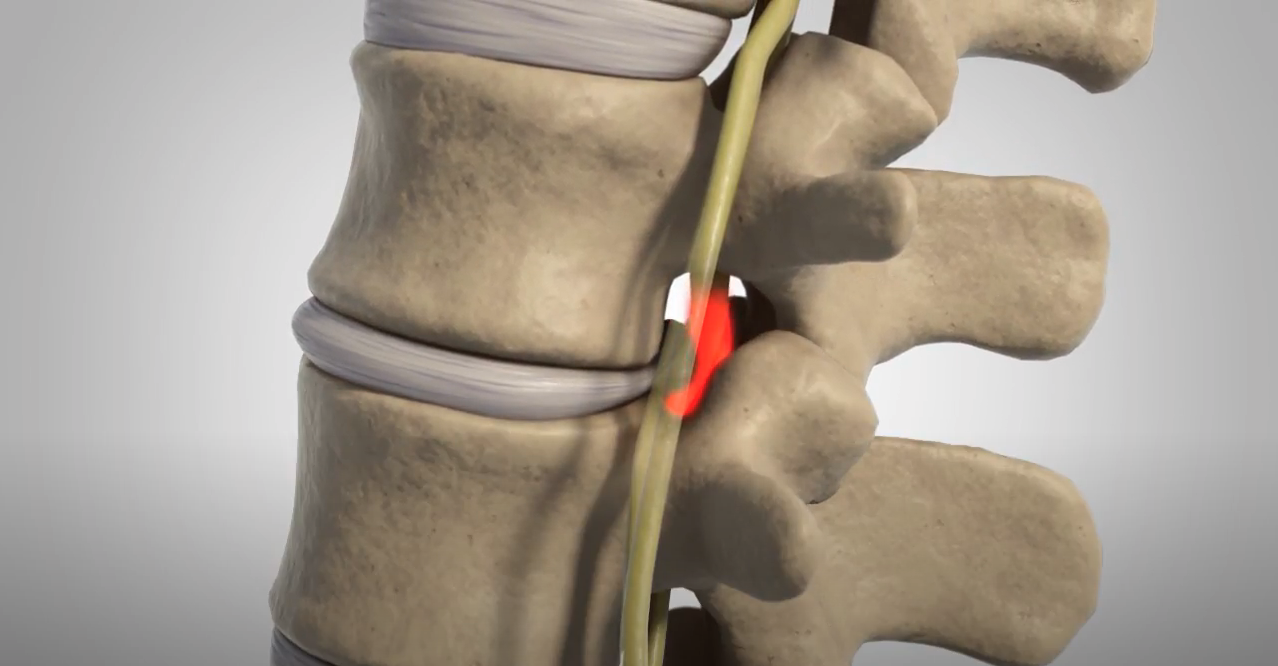
Lumbar Microdiscectomy
During a micro-discectomy, Dr. Paul removes and uses a small 1 to 1.5-inch incision to access the spine. The incision is longer if there is more than one level of surgery scheduled. A minimally invasive retractor is used to move muscles to the side gently. A small amount of bone and ligament are removed to expose the affected nerve. The nerves are moved to expose the disc fragment compressing the nerve and are then removed. While he does look in the disc to remove any other loose pieces, Dr. Paul leaves the remaining disc in place.

Lumbar Microdiscectomy
During a micro-discectomy, Dr. Paul removes and uses a small 1 to 1.5-inch incision to access the spine. The incision is longer if there is more than one level of surgery scheduled. A minimally invasive retractor is used to move muscles to the side gently. A small amount of bone and ligament are removed to expose the affected nerve. The nerves are moved to expose the disc fragment compressing the nerve and are then removed. While he does look in the disc to remove any other loose pieces, Dr. Paul leaves the remaining disc in place.
Lumbar Decompression
During a micro-decompression, Dr. Paul removes and uses a small 1 to 1.5-inch incision to access the spine. The incision is longer if there is more than one level of surgery scheduled. A minimally invasive retractor is used to move muscles to the side gently.
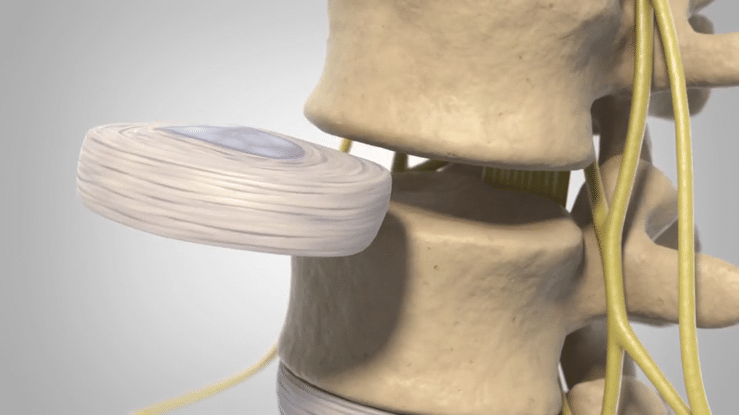

Lumbar Decompression
During a micro-decompression, Dr. Paul removes and uses a small 1 to 1.5-inch incision to access the spine. The incision is longer if there is more than one level of surgery scheduled. A minimally invasive retractor is used to move muscles to the side gently.
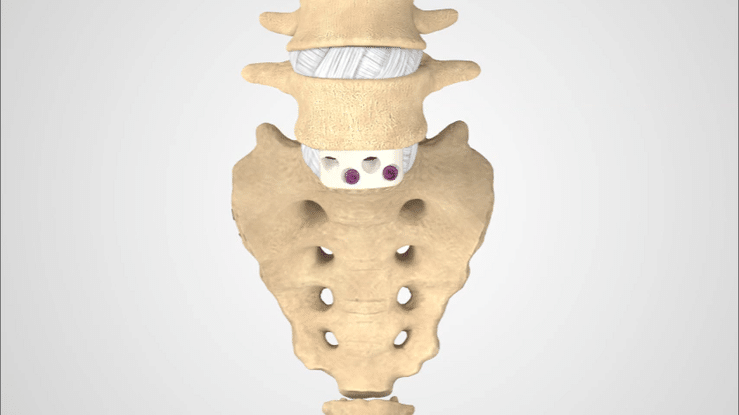
Anterior Lumbar Fusion
The anterior lumbar fusion is performed with a general or vascular surgeon to help with exposure. A 2-3 inch transverse incision is made on the lower abdomen. The anterior organs and blood vessels require some retraction to gain access to the spine. Dr. Paul then uses instrument to remove the disc and restore normal alignment to the spine.

Anterior Lumbar Fusion
The anterior lumbar fusion is performed with a general or vascular surgeon to help with exposure. A 2-3 inch transverse incision is made on the lower abdomen. The anterior organs and blood vessels require some retraction to gain access to the spine. Dr. Paul then uses instrument to remove the disc and restore normal alignment to the spine.
Anterior Cervical Disc Replacement
Anterior cervical disc replacements are done through an incision on the front of the neck. The incision length can be as short as an inch and a half but varies based on how many levels are being operated on and the size of your neck. After making the incision Dr. Paul gently retracts the esophagus, trachea and blood vessels to gain access to the front of your spine. He then removes the disc and removes the disc, or bone.
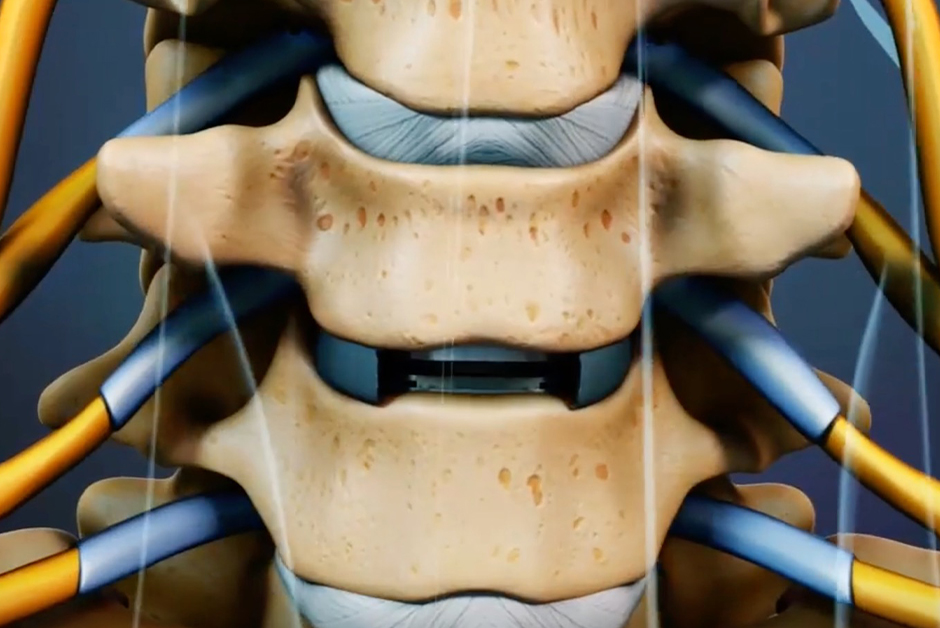

Anterior Cervical Disc Replacement
Anterior cervical disc replacements are done through an incision on the front of the neck. The incision length can be as short as an inch and a half but varies based on how many levels are being operated on and the size of your neck. After making the incision Dr. Paul gently retracts the esophagus, trachea and blood vessels to gain access to the front of your spine. He then removes the disc and removes the disc, or bone.
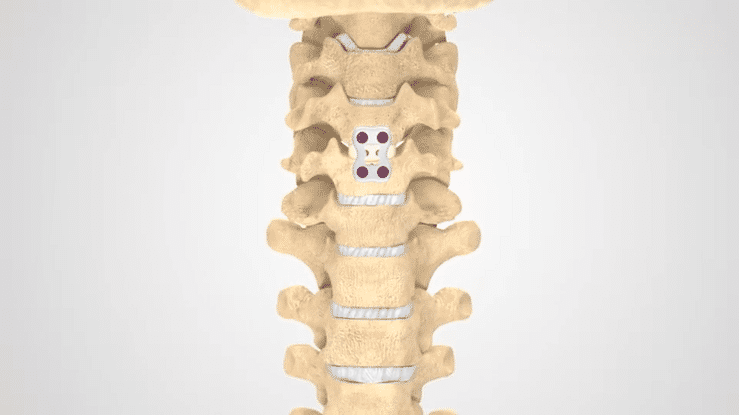
Anterior Cervical Fusion
Anterior cervical fusions are done through an incision on the front of the neck. The incision length can be as short as an inch and a half but varies based on how many levels are being operated on and the size of your neck.

Anterior Cervical Fusion
Anterior cervical fusions are done through an incision on the front of the neck. The incision length can be as short as an inch and a half but varies based on how many levels are being operated on and the size of your neck.




